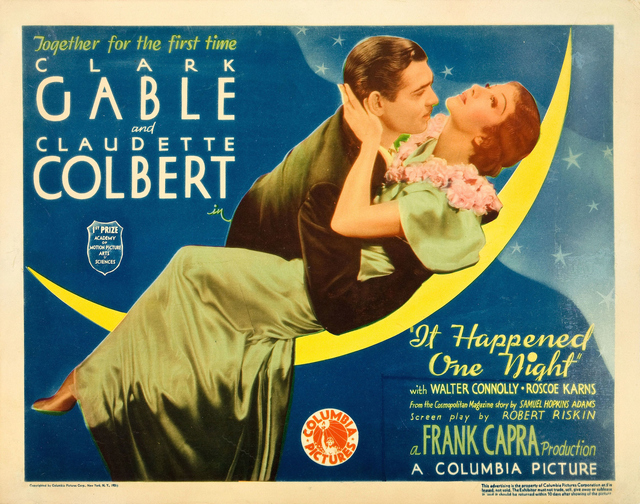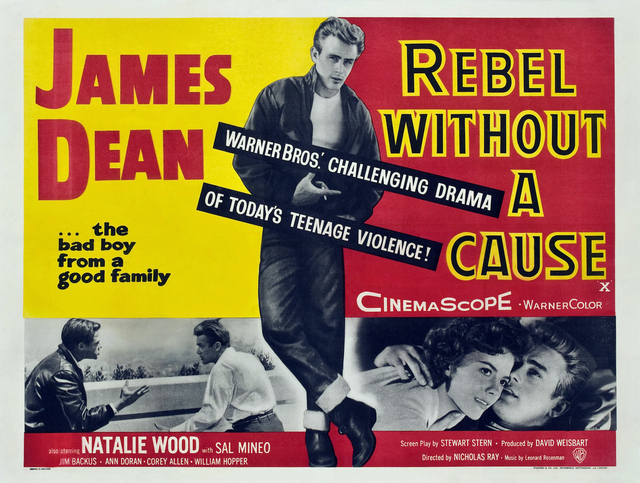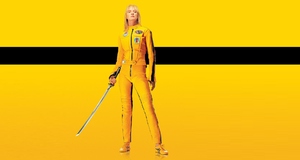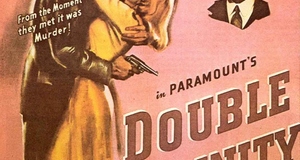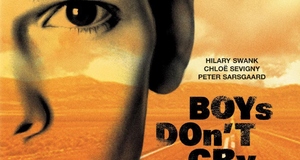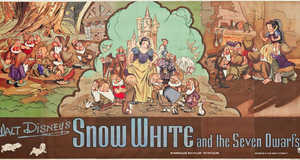Man as Image: Clark Gable, James Dean, and the Audience that Looked at Them
By
2014, Vol. 6 No. 10 | pg. 1/3 | »
IN THIS ARTICLE
In her seminal essay "Visual Pleasure and Narrative Cinema" Laura Mulvey (1975) connects psychoanalytic concepts of scopophilic desire1 and Jaques Lacan's theory of the Mirror Stage2 (1966), to the cinema spectator's gaze. Mulvey limits her argument to the "active/male" gaze looking at a "passive/female" figure (p. 11), however, several critics note that "her remarks [can] apply … to images of men" (Neale, 1983, p. 4; Hansen, 1986; Koch, 1985). Following this line of thought, I use Mulvey's ideas, particularly her linking of the Mirror Stage with processes of identification, to discuss the relationship of movie spectators to two of the biggest male stars in the history of cinema: Clark Gable and James Dean. I suggest that Gable is detached from spectators because he is a figure of ideal masculinity, representing the "Ideal-I" on the other side of the Lacanian Mirror,3 as opposed to Dean who "spoke to an entire generation" as a result of his gender-ambiguous persona and therefore personifies the infant self before identification, in front of the Mirror (Lacan, 1966, p. 1164; Maltin as cited in Cartier, 2009, p. 107). Furthermore, I believe that the gender of the gaze on these stars deviates form what Mulvey (1975) describes as normative: indeed, the female audience is encouraged to look at Gable as "sex object" (Fisher, 1993, p. 39), while Dean's films permit moments of male homoerotic alignment. I examine this possibility of fetishizing and objectifying the male body by analyzing relevant sequences from the movies It Happened One Night (1934) and Rebel Without a Cause (1955).Clark Gable: Manly, Manlier, ManliestThe first shot of Gable in It happened is a tight close up of his face in focus against a background full of men out of focus, which immediately establishes him as the representative of what Phillips (1934) describes as "dominant masculinity." He is arguing with his boss and is the only man in the crowd wearing a dark, masculine, colored hat. This emphasizes his virility and clarifies his task: the "reassertion of hegemonic masculinity" in Depression-era America where unemployed men felt emasculated due to being unable to provide for their families (Connelly, 2004, p. 34). Later in this scene Gable 'wins' an argument with a younger man by recounting a story about a newspaper's text imprinting on the seat of his pants and thus making bystanders laugh. In my opinion, the eroticized implications of his anecdote – the allusion to the physical location of the seat of his pants – allow Gable to overpower the man by proving he is more secure in his masculinity. He is confirmed as "elevated star" when we see his full figure amongst a crowd of men who are all shorter than him and symbolize the "enchanted fan" looking up at Gable (Holmes & Redmond, 2007, p. 3). Linda Mizejewski (2010) states that by the time It Happened One Night was released in 1934 "Depression-era culture was ready for a high-profile masculine ideal" (p. 99). Comparing two articles from Picturegoer magazine in the 1930s indicates that Gable's "rugged, dominant" masculine appeal was not yet firmly established in 1932 but that by 1934 he was universally admired (Phillips, 1932; Philips, 1934). As a result, Gable was "elected 'king' of Hollywood" (Fisher, 1993, p. 38), and became permanently separated from the audience, a "model[…] of masculinity … inaccessible to mere mortals" (Mellen, 1978, p. 5). In his book Stars (1979), Richard Dyer describes this phenomenon as particular to the early period when "stars were gods … [and] embodiments of [the] ideal" (p. 24). I propose that, as a consequence, Gable personifies the "Ideal-I" separated from the self by the Mirror – analogous to the movie screen (Mulvey, 1975, p. 10) – and that therefore spectators can only approach the example he sets "asymptotically" (Lacan, 1966, p. 1164-5), but can never actually become like him. James Dean: Rebel Without GenderIn contrast, the spectator's first look at Dean in Rebel Without a Cause instantly constructs his image as the self before identification. In the opening sequence, Dean lies down on the ground, plays with a toy monkey and remains silent for the entire 73-second shot. His inability to walk or talk suggests that he is "trapped in his motor impotence and nursling dependence," exactly as Lacan (1966) describes the infant in front of the Mirror (p. 1164), and similar to the spectator "trapped" in his seat in front of the movie screen/Mirror. Here, seeing Dean "without mediation" (Mulvey, 1975, p. 18), i.e. not from an intra-diegetic point-of-view, allows spectators to "bridge … the gulf that separates viewer and object" through fetishistic looking (Ellis, 1992, p. 47), which Mulvey (1975) defines as a variant of scopophilia (p. 14). In this fetishistic moment "the fiction is suspended in favour of the pure performance" (Ellis, 1992, p. 98) – the audience has not yet been introduced to Dean's character Jim Stark and is aware of looking at James Dean, the actor – the name appears superimposed over his figure – as opposed to a fictional character. The feeling of proximity between spectator and star is enhanced by the "participation effect" of the CinemaScope widescreen format used in Rebel Without a Cause (Belton, 1990, p. 196). Later in the movie it becomes clear that Dean and the audience are positioned on the same side of the Mirror. As Jim and his reflection appear in the same shot, Jim's father (Jim Backus) tells him that he is "at a wonderful age." This remark implies that Jim is experiencing the Mirror Stage and, combined with the framing, gives the impression that the audience is experiencing the same process. Jim seeks his father's guidance by asking, "What can you do when you have to be a man?" which specifies his identity crisis as a crisis of gender. However, his "weak father … [fails] to provide him with a strong masculine image" because he himself is emasculated, his effeminacy symbolized by the apron he wears (Mellen, 1978, p. 213). At the beginning of this scene Dean is in bed and the moon shining into his room creates 'spotlights' on the bedroom door and his body under the duvet. This moment of extreme artificiality in the construction of the mise-en-scéne visually juxtaposes the undistinguishable figure of Dean and the emasculated figure of the father who enters through the door. As a result, the spectator associates Dean's body with androgyny. Later, the blurring of gender boundaries is expanded to the gender of the gaze through a shot/reverse-shot sequence between Jim and his father, which aligns the spectator with the feminized man and permits the homoerotic look to observe a shirtless Dean.Continued on Next Page » Suggested Reading from Inquiries Journal
Inquiries Journal provides undergraduate and graduate students around the world a platform for the wide dissemination of academic work over a range of core disciplines. Representing the work of students from hundreds of institutions around the globe, Inquiries Journal's large database of academic articles is completely free. Learn more | Blog | Submit Latest in Film & Media |

